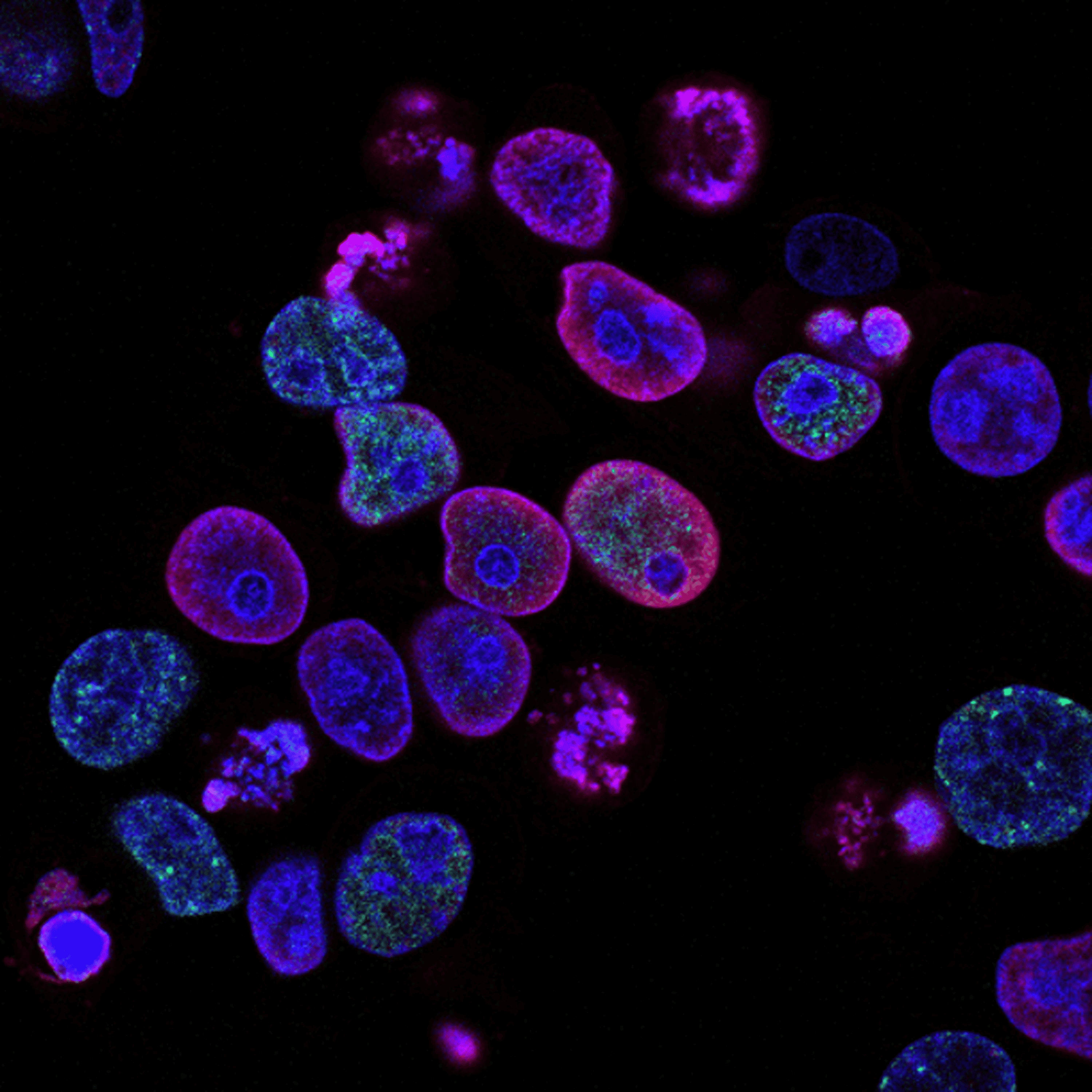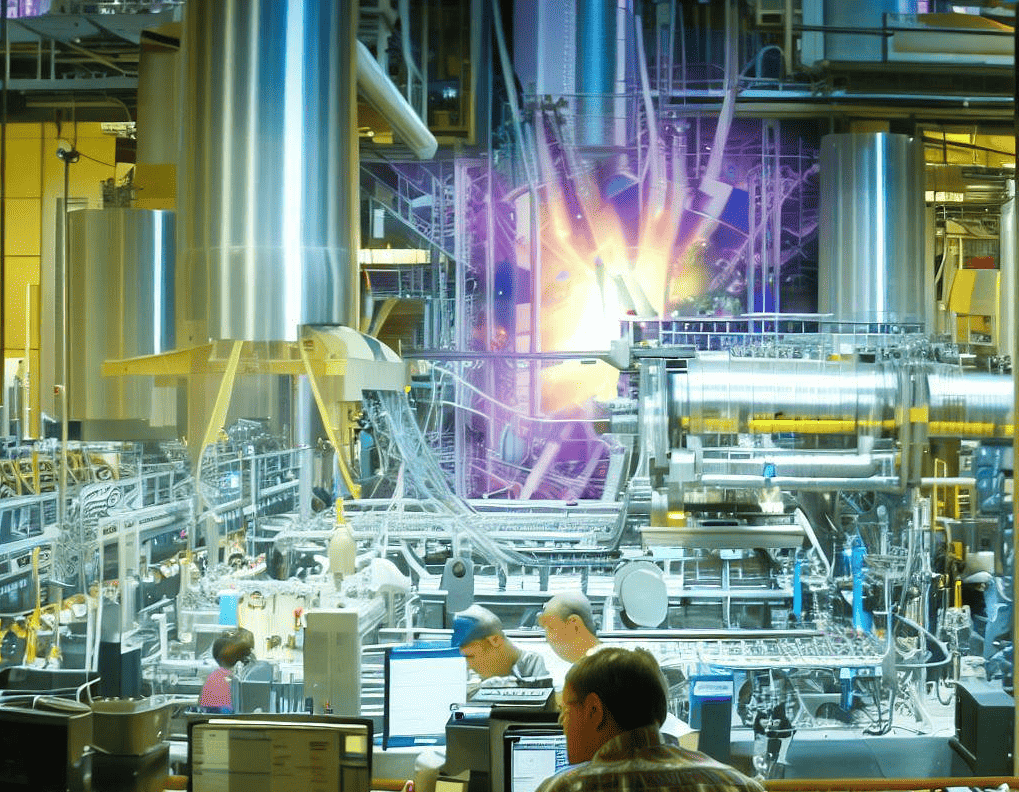
In May, scientists at the University of Massachusetts, Amherst, published about their groundbreaking discovery with their “Air-gen”. How did they get to this discovery? “To be frank, it was an accident,” says the study’s lead author, Prof Jun Yao, to The Guardian. “We were actually interested in making a simple sensor for humidity in the air. But for whatever reason, the student who was working on that forgot to plug in power.”
The serendipitous discovery of the Air-gen technology by the University of Massachusetts, Amherst researchers was a case of fortuitous forgetfulness that led to a scientific breakthrough. The team, led by Professor Jun Yao, initially attempted to create a sensor for air humidity. However, a minor oversight led to an unexpected revelation. The student working on the project inadvertently left the power unplugged, leading to a surprising observation. The device started producing an electrical signal rather than failing due to a lack of power. The team quickly realized that the device was generating a small but continuous electric current from the humidity in the air, an unexpected but exciting development.
- Researchers at the University of Massachusetts, Amherst, made a groundbreaking discovery with their “Air-gen” technology.
- The discovery was accidental, as the team initially aimed to create a simple air humidity sensor but forgot to plug in power during the experiment.
- Instead of failing, the device produced a continuous electric current from the humidity in the air, leading to a serendipitous breakthrough in power generation.
Air-gen: Harnessing the power of air humidity
The Air-gen device, at its core, is a series of microscopic tubes called nanowires, less than one-thousandth the diameter of a human hair. These nanowires generate a charge when airborne water molecules bump inside them, creating a positive and negative pull akin to a battery. This interaction results in a continuous electric output, even when the device is not actively powered. This phenomenon has been dubbed the “Air-gen effect”.
Hygroelectricity: The power of the future?
In the quest for renewable energy sources, Air-gen technology holds significant promise. The ability to generate electricity from ambient air humidity offers an intriguing prospect for the future of sustainable energy. The researchers have managed to scale up their initial device, creating one with nanopores that can generate enough electricity to light a single pixel on a large LED screen. This development suggests that, with further refinement, these devices could generate sufficient electricity to power larger devices or even entire buildings.

Challenges and future applications
Yet, like any nascent technology, the path to widespread use has obstacles. Manufacturing, cost, and access to raw materials are among the challenges that the researchers must overcome. Assessing the environmental footprint is another important consideration, as the “green premium,” the additional cost of choosing clean technology over more greenhouse gas-emitting alternatives, is a significant factor. Despite these challenges, researchers are optimistic about the potential of this technology. They believe that by moving into mass production, the cost of hygroelectric power can be reduced, making it competitive with existing renewable energy sources like solar and wind power.

Broader implications and potential
The broader implications of Air-gen technology are vast. Unlike solar and wind power, hygroelectric generators can work day and night, indoors and outdoors, expanding the potential applications of this technology. The team from the Lisbon-based Catcher project estimates that by stacking 20,000 of their devices, they could generate 10 kilowatt hours of power per day, equivalent to the average consumption of a UK household. This indicates the possibility of integrating Air-gen devices into construction materials or painting walls with nanowires to power entire homes. With further development and optimization, Air-gen technology could significantly contribute to sustainable energy production, helping us transition away from fossil fuels and towards a cleaner, greener future.







